Piazzetta Umberto
Sun-soaking and people-watching are the two favourite experiences in this delightful square. Hours fly by luxuriating with a glass of wine or a delectable snack under the shade of umbrellas. An ideal choice would be a crisp plate of Capricciosa Pizza washed down with the refreshing local drink, Limoncello. Dessert lovers can satisfy cravings at the historic Cafe Morgano and join the queue for the famous Buonocore gelato. This hub of town under the clear blue skies leads into many hidden corners, and shady alleys, where endless distractions await the aimless wanderer. White-fronted boutiques and haven-like villas dot the area, showing off their flower-draped walls and statue-studded gardens.


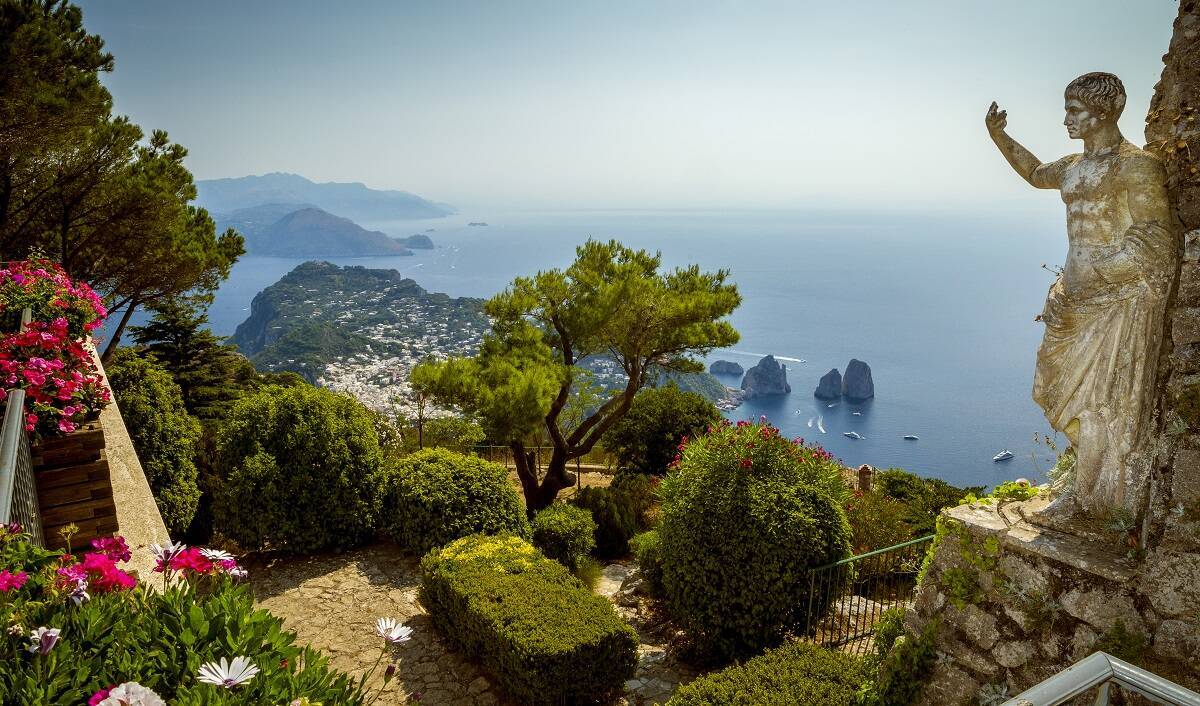
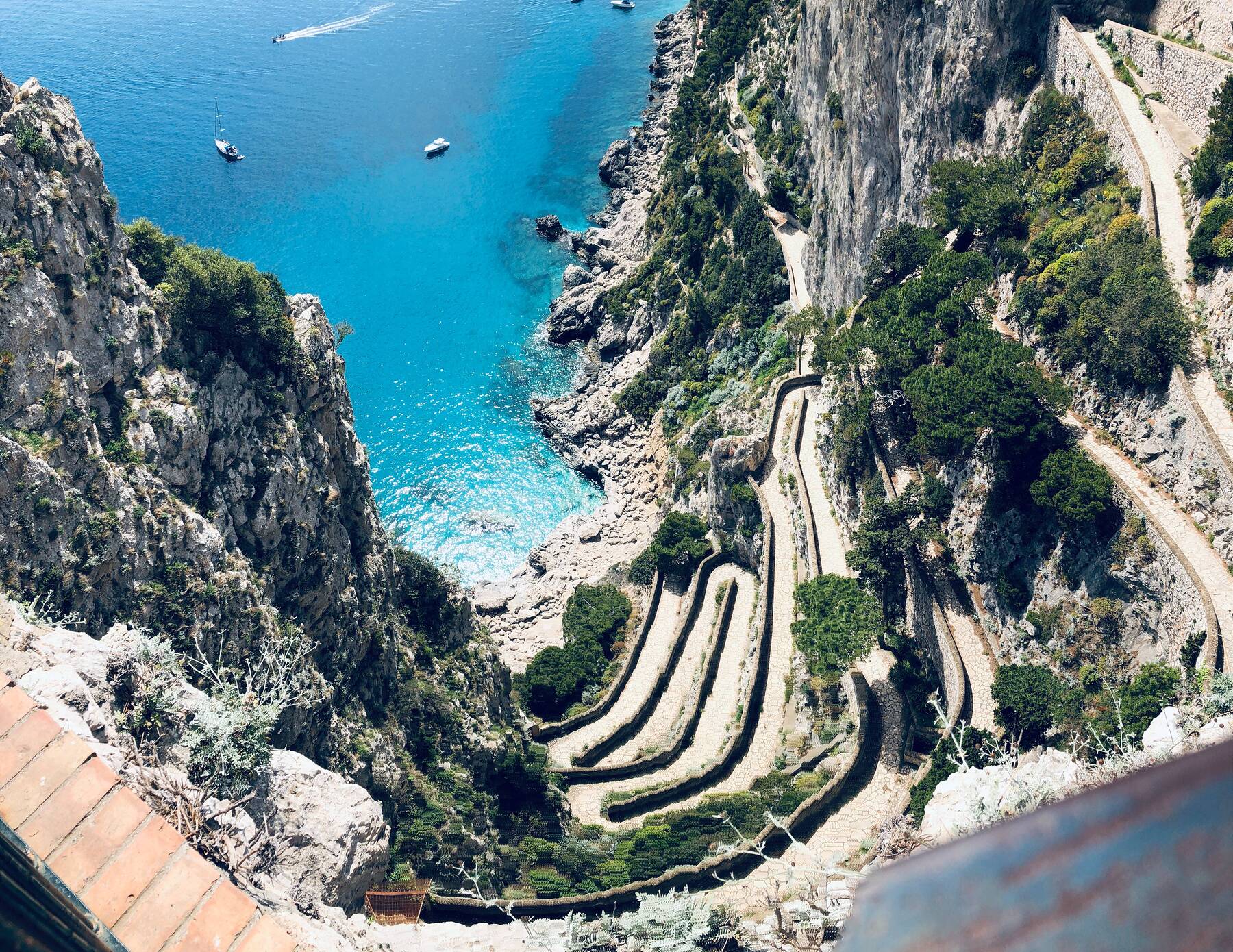


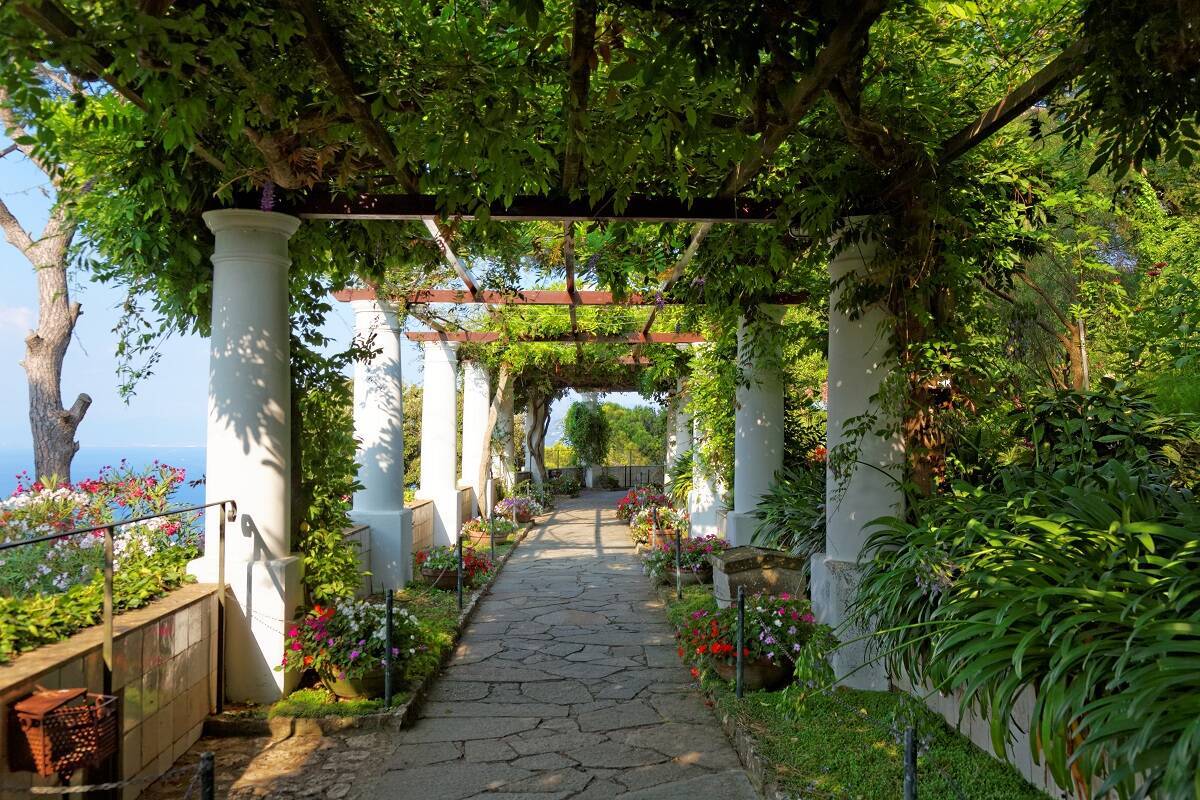
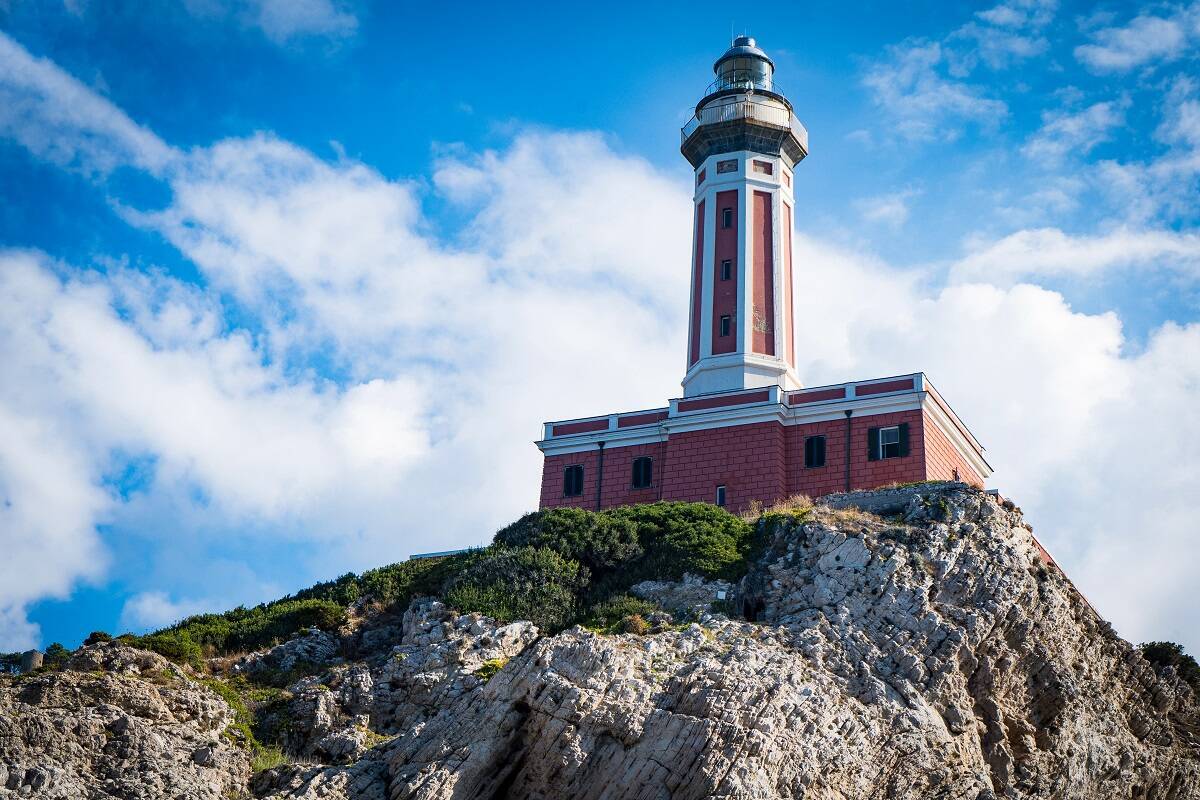

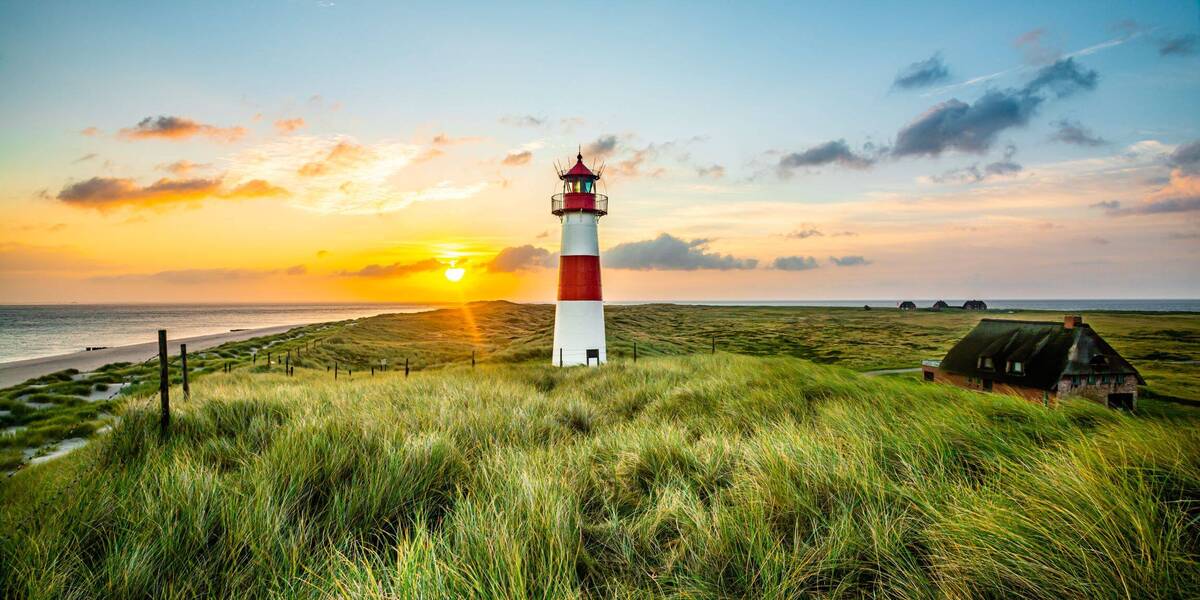














Comments